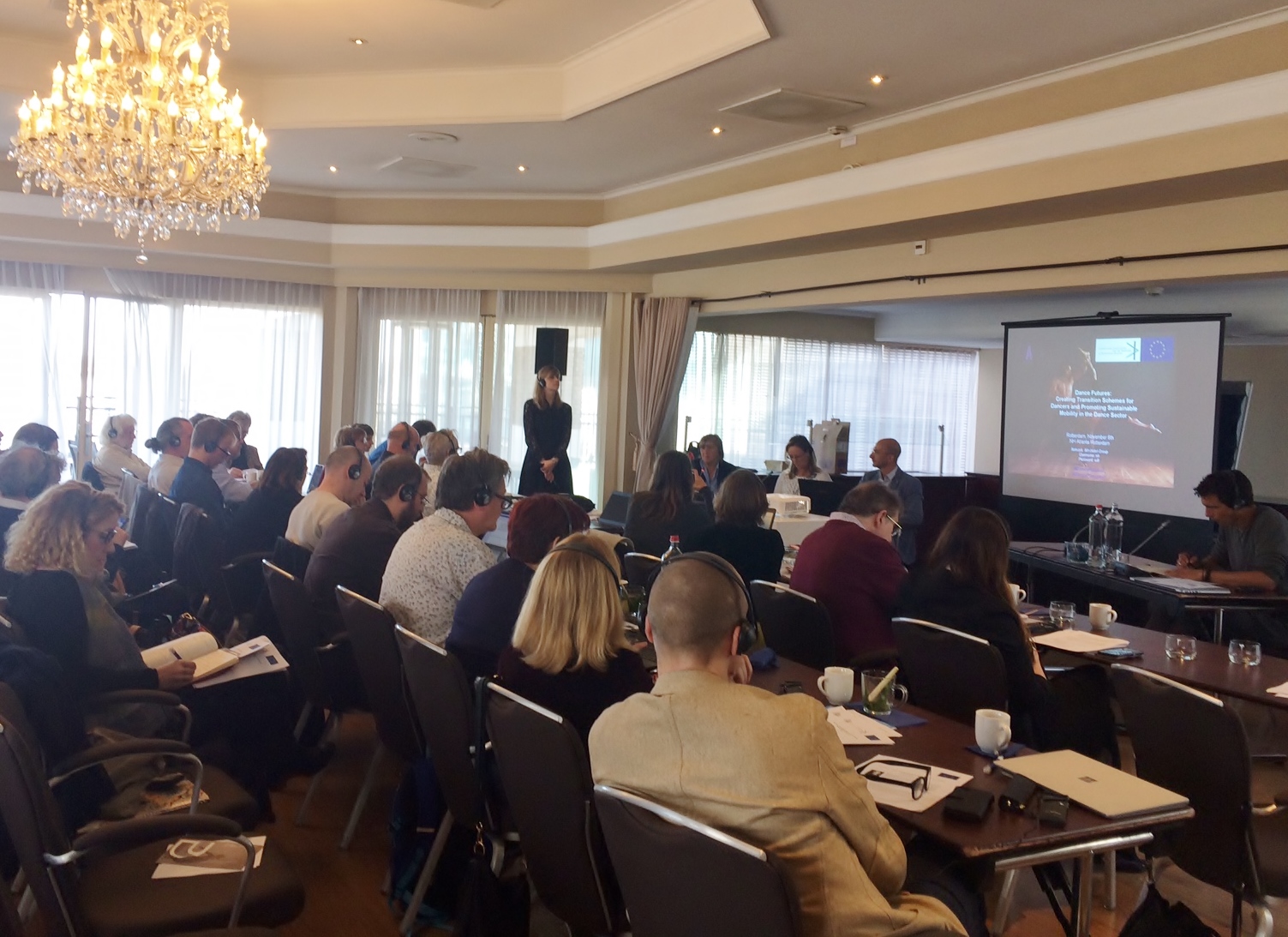Working Conditions
Dancers, Singers, Circus artists & Child performers
Certain categories of performers face specific challenges in the practice of their craft. The nature of their profession – whether as dancers, opera singers, circus artists or others – has an impact on their working conditions and requires adaptations. For example, dancers, who have a highly physical job, will often have to stop performing in their late thirties and embark on a professional transition, which makes their access to vocational training of paramount importance. Dancers also rank among the most mobile of all performers and often struggle to reconcile the different social security, tax and administrative regimes to which they are subjected when working abroad.
FIA regularly chooses to examine the specific issues encountered by particular groups of performers. Among other things, the federation has created a European Dance Passport to facilitate the international mobility of dancers and published a Child Performer Toolkit and a Report on the Working Conditions of Circus Artists.

Dance Passport
The European Union Solidarity Network for Dancers Abroad has been relaunched and specific resources, articles and contacts are now accessible online on a dedicated website
...
Explore Other Working Conditions Topics
Health and Safety
The health and safety of performers is a key priority for FIA.
Mobility
Performers often travel abroad to seek new employment ...
Labour Rights and Collective Bargaining
FIA strongly ...
EU Social Dialogue
FIA is part of the workers’ delegation in two European ...








